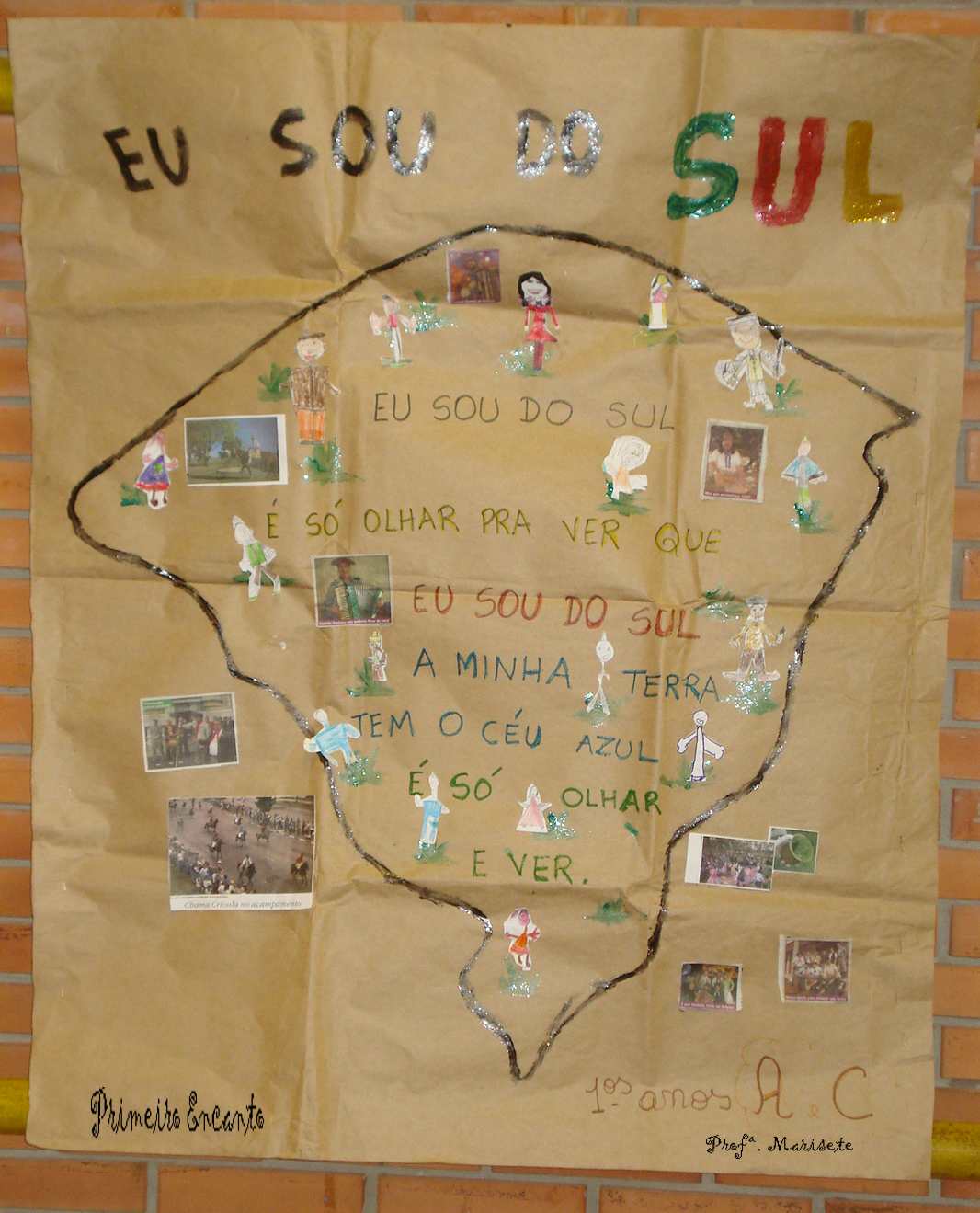Unraveling the Ragamuffin Riddle: What Does Farroupilha Mean?
Ever stumbled upon the word "farroupilha" and wondered what kind of exotic fruit or mythical creature it referred to? Well, prepare to have your curiosity satiated. This isn't about some obscure culinary delight or a fantastical beast. It's a word steeped in history, rebellion, and a fierce sense of identity, particularly in the southern Brazilian state of Rio Grande do Sul.
So, what's the deal with this "farroupilha" business? The term, meaning "ragged," "tattered," or "ragamuffin," became the moniker for the rebels who fought in the Farroupilha Revolution, also known as the Ragamuffin War. This decade-long conflict, spanning from 1835 to 1845, pitted these "farrapos," as they were sometimes called, against the Brazilian Empire.
Understanding the meaning of "farroupilha" is more than just a vocabulary lesson; it's a gateway into understanding a pivotal moment in Brazilian history. The revolution, fueled by discontent with unfair taxes and political marginalization, saw these "ragamuffins" challenge the established order and fight for greater autonomy. Their ragged appearance became a symbol of their defiance and a rallying cry for their cause.
The significance of "farroupilha" goes beyond the historical context of the war. It's woven into the cultural fabric of Rio Grande do Sul, representing a spirit of independence, resilience, and regional pride. The term has become synonymous with the Gaucho identity, evoking images of horseback warriors fighting for their land and their way of life.
Delving into the meaning of "farroupilha" reveals a complex tapestry of social, political, and economic factors that shaped the region. The revolution, with its cast of "ragamuffins," became a defining moment in the history of Rio Grande do Sul, leaving an indelible mark on its culture and identity. Imagine the audacity of these rebels, embracing a term meant to demean them and transforming it into a badge of honor.
The Farroupilha Revolution was rooted in grievances over taxation of local products like charque (dried, salted beef), leather, and other goods. The rebels felt exploited by the Empire's policies, which they believed favored other regions. This economic discontent, combined with a desire for greater political representation, ignited the flames of rebellion.
The "farroupilhas" established the República Rio-Grandense, a short-lived republic that served as a testament to their commitment to self-governance. Though ultimately defeated, their struggle for autonomy resonated throughout Brazil and contributed to the eventual decline of the Empire.
Today, the legacy of the "farroupilhas" is celebrated annually during the Farroupilha Week, a major cultural event in Rio Grande do Sul. This commemoration features parades, traditional dances, and historical reenactments, keeping the spirit of the "ragamuffins" alive and well.
The "farroupilhas" weren't just fighting for lower taxes; they were fighting for recognition, for a voice, for the right to determine their own destiny. Their ragged clothes, a symbol of their humble origins, became a symbol of their unwavering resolve. The meaning of "farroupilha" is deeply intertwined with this struggle, representing the courage and determination of a people fighting for their rights.
Advantages and Disadvantages of Identifying with the Farroupilha Legacy
| Advantages | Disadvantages |
|---|---|
| Strong sense of regional pride and identity | Potential for regionalism to overshadow national unity |
| Celebration of a rich historical heritage | Risk of romanticizing a complex and violent period |
Frequently Asked Questions about the Farroupilha:
1. What does "farroupilha" mean? It means "ragamuffin" or "tattered."
2. When did the Farroupilha Revolution take place? From 1835 to 1845.
3. Where did the revolution occur? Primarily in Rio Grande do Sul, Brazil.
4. Why did the "farroupilhas" rebel? Due to unfair taxes and political marginalization.
5. What was the outcome of the revolution? The rebels were ultimately defeated.
6. What is the República Rio-Grandense? The short-lived republic declared by the rebels.
7. How is the Farroupilha Revolution commemorated today? Through Farroupilha Week, a major cultural event.
8. What is the cultural significance of "farroupilha"? It represents regional pride, resilience, and the Gaucho identity.
In conclusion, understanding the meaning of "farroupilha" unlocks a fascinating chapter of Brazilian history. More than just a label for ragged rebels, it embodies the spirit of a people who fought for autonomy and recognition. The legacy of the Farroupilha Revolution continues to resonate in Rio Grande do Sul, shaping its cultural identity and reminding us of the power of resistance. The "farroupilhas," though ultimately defeated in their bid for independence, left an enduring mark on Brazil, inspiring future generations to stand up for their rights and fight for a more just society. Their story, woven into the very fabric of the region, serves as a testament to the human spirit's unwavering pursuit of freedom and self-determination. Exploring the meaning of "farroupilha" is not just a historical exercise; it's a journey into the heart and soul of a people, a journey well worth taking.
Dead battery top jump starters for automotive rescue
Unlocking the mystery who embodied death on supernatural
Who created the four humors a journey through ancient medicine





:strip_icc()/i.s3.glbimg.com/v1/AUTH_e84042ef78cb4708aeebdf1c68c6cbd6/internal_photos/bs/2021/Z/4/AtA1e7TDCiN80U8pdWHA/semana-farroupilha.jpeg)









